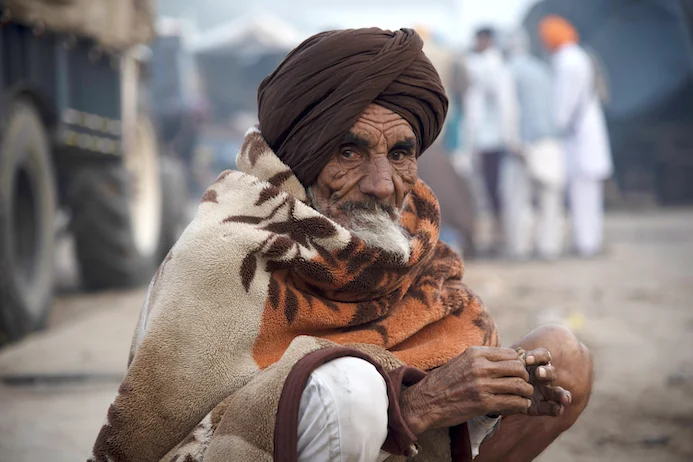The Platform
MAKE YOUR VOICES HEARD!
Modi Faces Backlash as Farmer Discontent Grows
08.23.2024
Indian farmers protesting in 2020. (Ravan Khosa)
Fardin Jahangeer is a Research Scholar at St Joseph’s University. He has participated in several conferences and workshops in different states across India. He has also published research papers and opinion articles in daily newspapers such as Deccan Herald, Telangana Today and Modern Diplomacy. His areas of interest include international relations, Indian politics, climate change, and migration.
Dr. Karamala Areesh Kumar is Head of the Department of International Relations and Peace and Public Policy at St Joseph’s University, Bengaluru, India.
